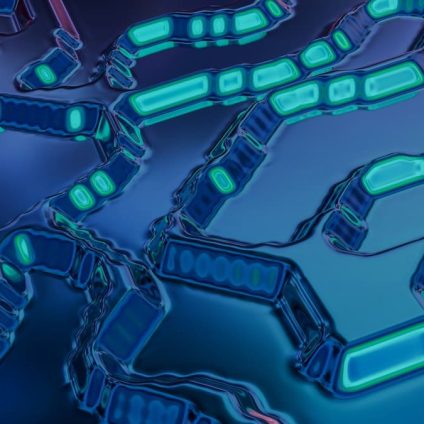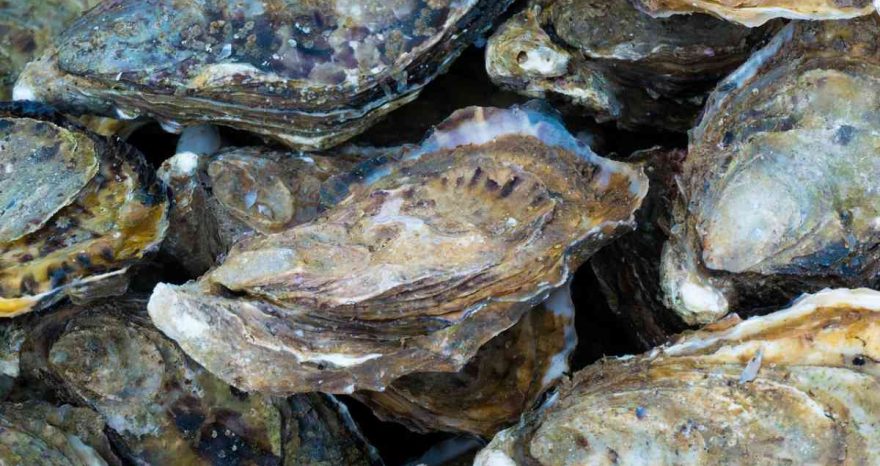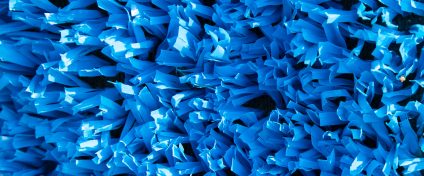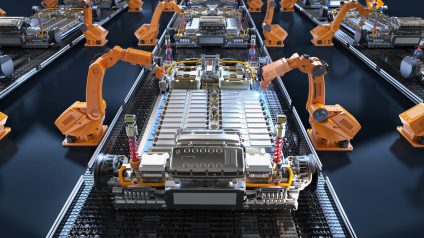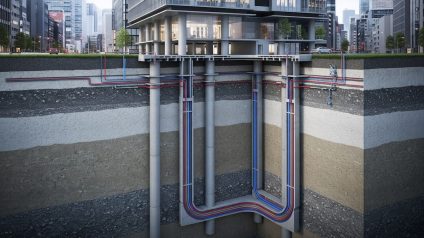The European project GREENS aims to develop algae nanorobots that fully degrade after completing their task, leaving no environmental footprint.
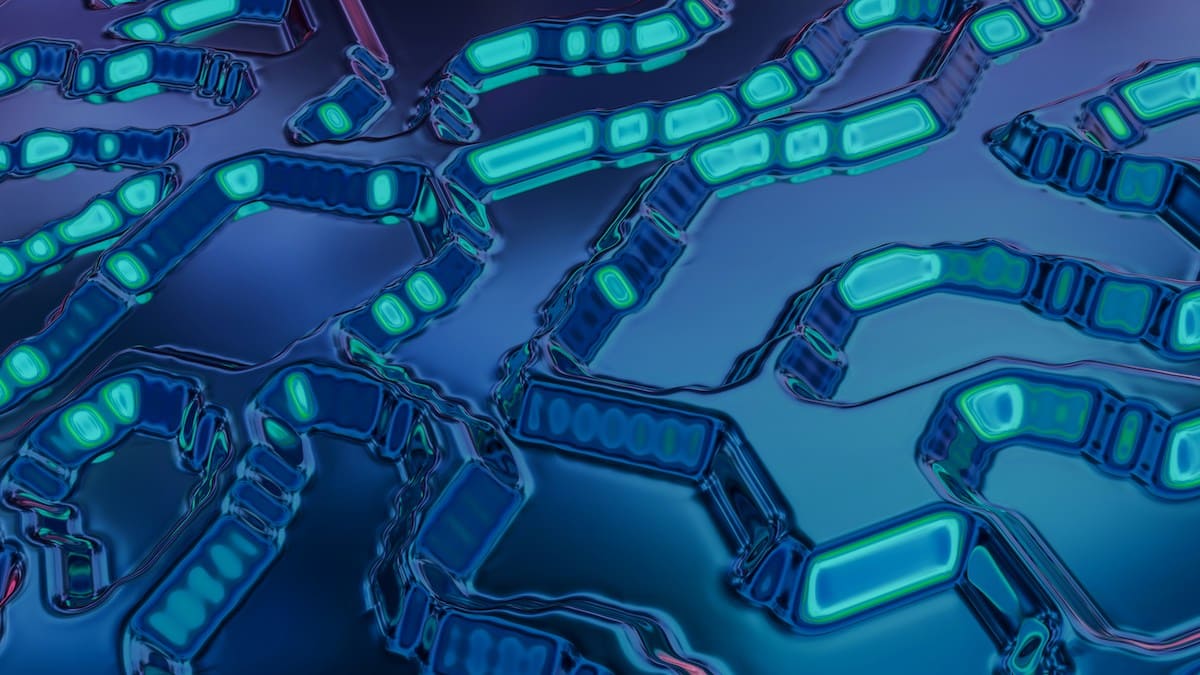
Algae are at the core of a new generation of micro and nanorobots. A sustainable and high-tech innovation is taking shape with the European project GREENS, led by the University of Bari Aldo Moro. For the first time, the project applies the “5 R” principle to robotics: reduce, recycle, rethink, repair, and reuse. “We have a unique opportunity to make an emerging technological field sustainable before it reaches maturity” said Gianluca Maria Farinola, professor of organic chemistry and president of the Italian Chemical Society, who coordinates the project.
Nanorobots and microrobots are expected to have increasingly widespread applications in improving everyday life. Before their large-scale adoption, however, GREENS aims to align this technology with the European Commission’s sustainable development goals – and algae, particularly diatoms, are the key.
What are diatom algae?
Diatoms are single-celled algae belonging to the phylum Bacillariophyta. These microscopic organisms thrive in aquatic environments, both freshwater and marine – from oceans and lakes to fountains and puddles. They play a fundamental role in aquatic ecosystems and in the global carbon cycle.
Diatoms are among Earth’s top oxygen producers, generating around 20% of the oxygen we breathe through photosynthesis. They also absorb large quantities of CO₂, helping regulate the climate. From a tech perspective, their intricately patterned silica walls are being studied for the development of advanced materials, sensors, and biosensors.
A new scientific paradigm
“In the past, major innovations often reached the market without considering their long-term environmental impact. Only later did we try to repair the damage”, said Farinola. “GREENS aims to reverse that paradigm”. Supported by over €3.7 million in European funding, the project uses the structural features of diatoms as the foundation of new micro and nanorobots.
These unicellular organisms are coated with polydopamine, a polymer. Enzymes are then added to their membranes to break down pollutants, and miniature magnets allow researchers to control their movement. Once functionalized, the nanorobots are introduced into polluted environments. One of the most remarkable traits of algae is their ability to reproduce and transmit these engineered traits to future generations without any need for genetic modification.
Strong and adaptable nanorobots
Diatom structures are tough enough to support the robots’ missions without early degradation, while still allowing for modifications that enhance their versatility. These algae-based robots, or “algarobots” can be adapted for a wide range of applications. According to Farinola, they can integrate with chemical micro-engines to move in targeted directions and reach specific destinations.
More importantly, “we can make them capable of identifying and destroying certain pollutants in targeted environments”, he added. “Or we can program them to deliver a specific molecule to a precise location in the human body for therapeutic purposes”.
Versatility and adaptability across diverse environments are core advantages of these algae nanorobots. Yet Farinola remains focused on environmental concerns. “What if, once their mission is completed, they disperse in the human body or natural ecosystems?” he warned. “The consequences could be similar to – or worse than – the pollution caused by micro- and nanoplastics”.
The development of these microscopic robots is expected to drive major breakthroughs in nanomedicine and environmental remediation.
(P.T.)


